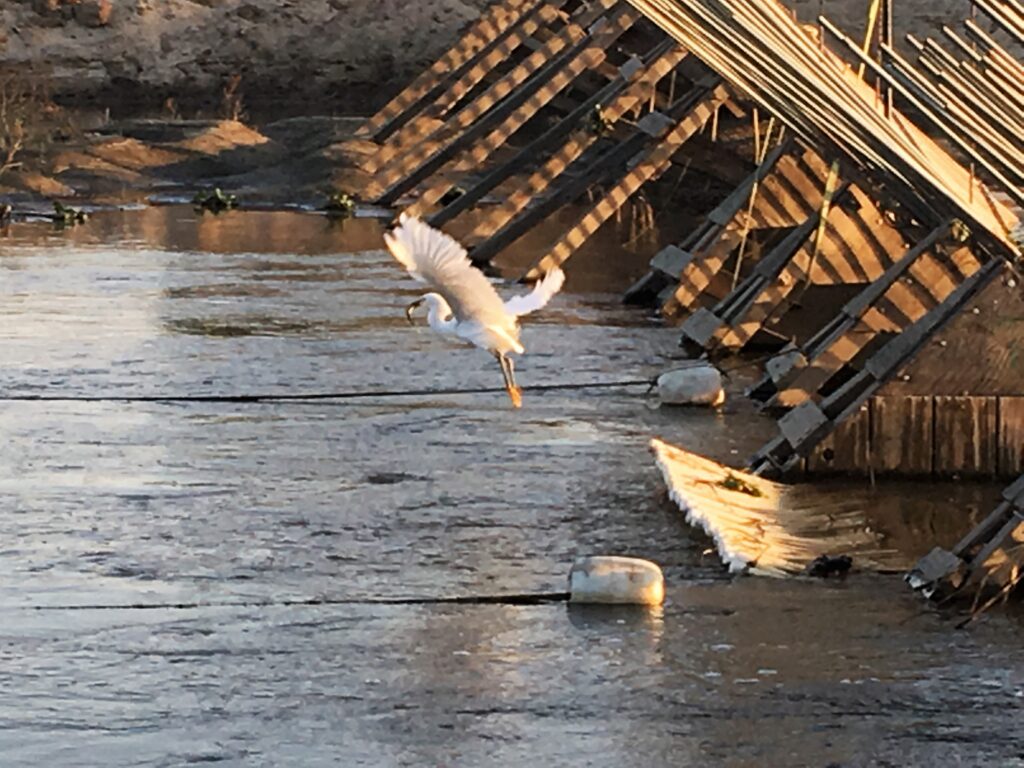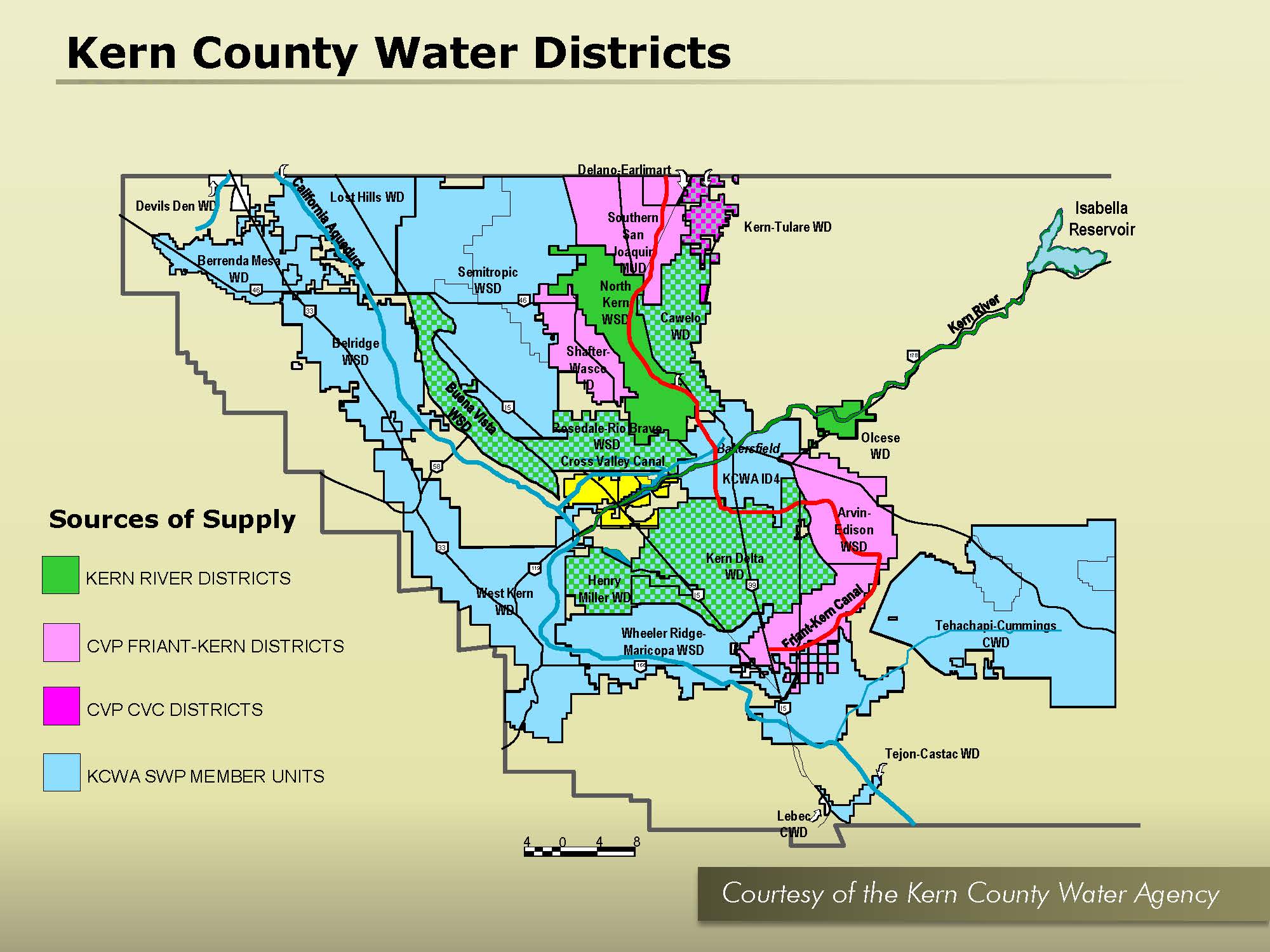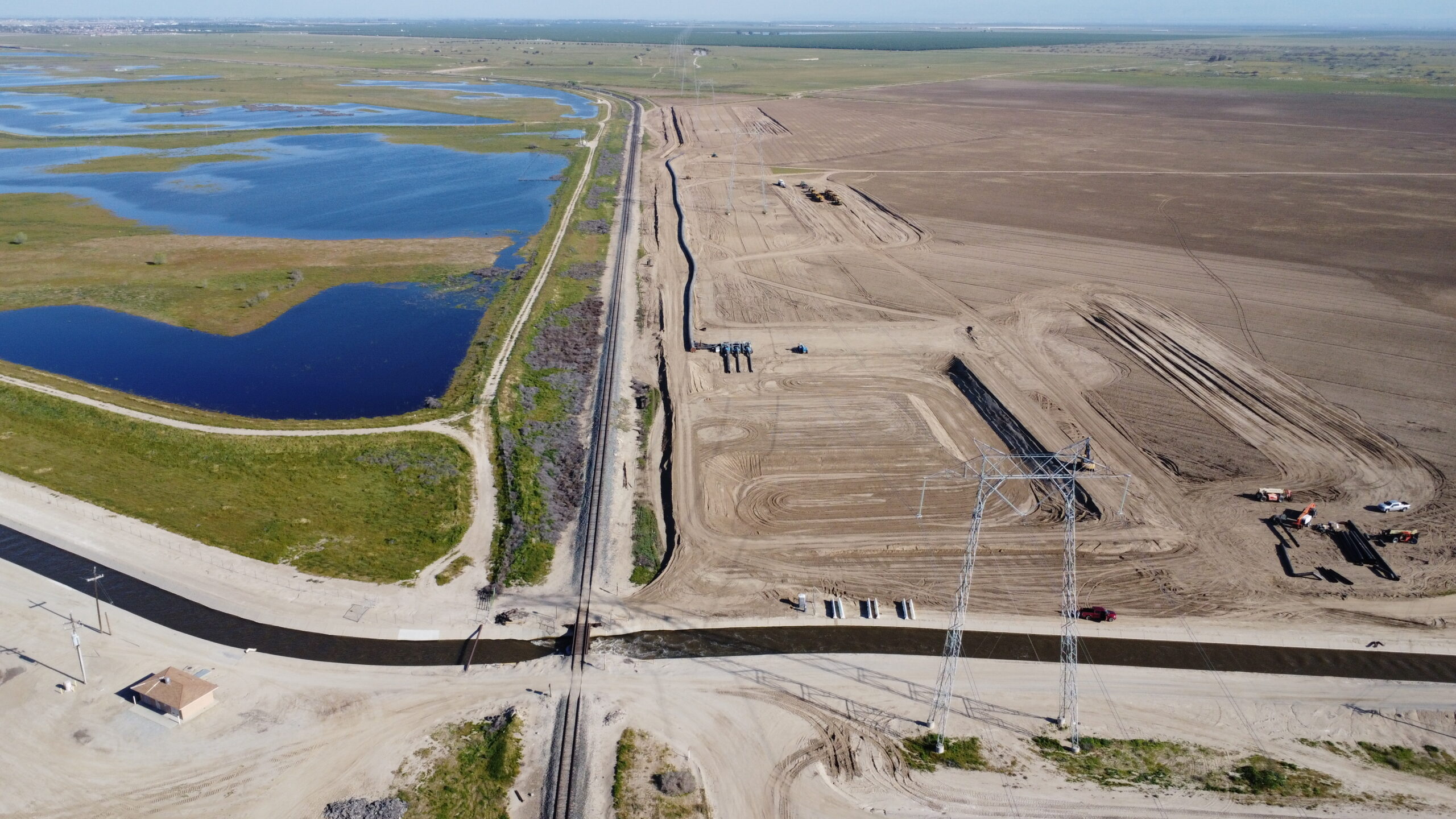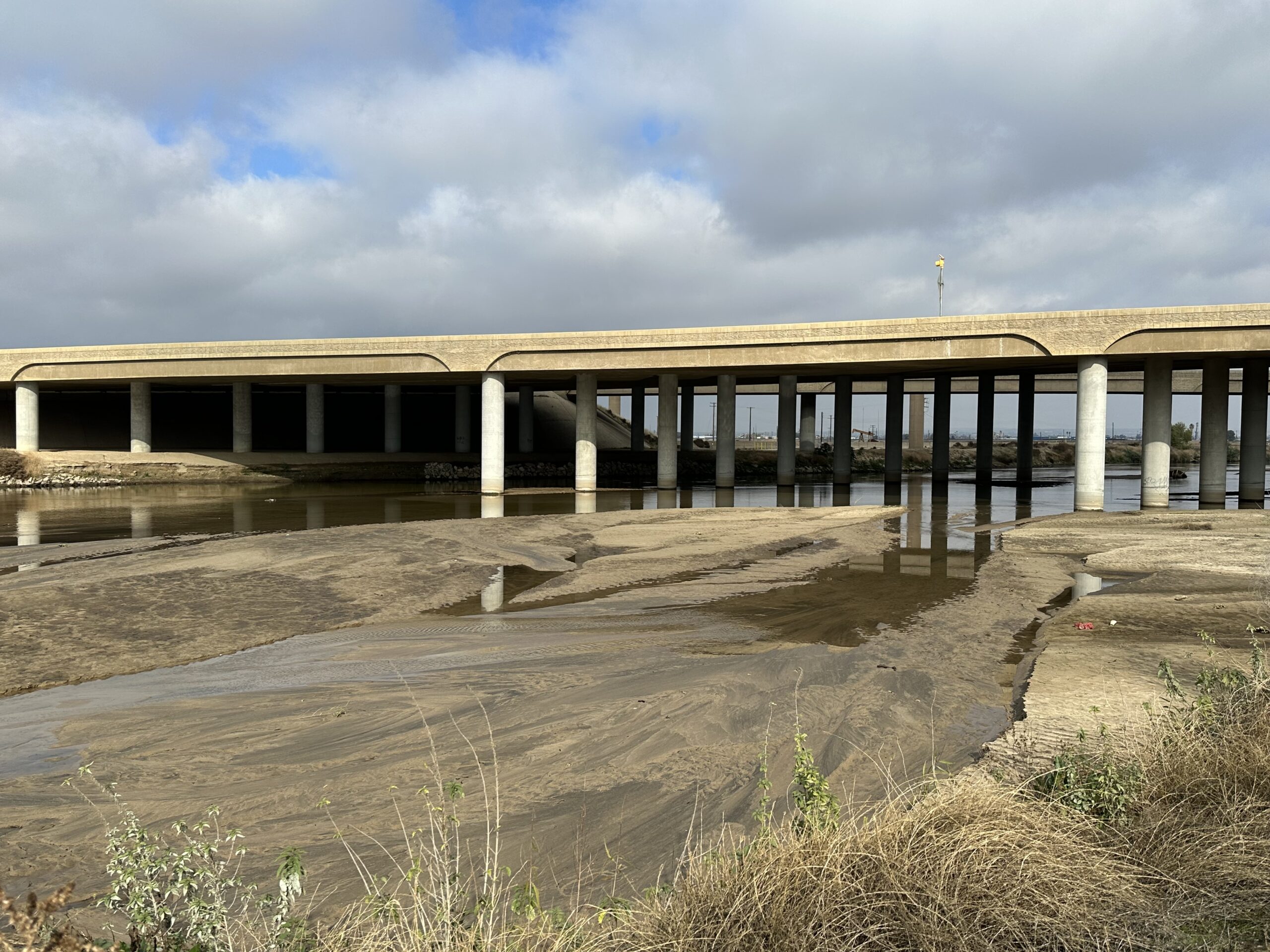A California Senate proposal to spend $2 billion to buy senior water rights would focus mostly on rights in northern California watersheds with another large chunk aimed at farmland retirement throughout the state.
The proposal is included in an $18.5 billion climate plan within the state budget, which likely won’t be finalized until the end of summer.
State water watchers are intrigued by the proposal as water supplies are stretched to thin in this third year of drought.
“It’s oversubscribed, it’s not sustainable as it is right now,” state senator Bob Wieckowski (D-Fremont) said about water in California. “This doesn’t completely fix the problem but it improves the problem.”
The water rights proposal would “rebalance state water supply and water rights,” over three years, according to the plan. It would fund the purchase of senior water rights in “highly stressed watersheds” and would use the water for environmental purposes or for drinking water in disadvantaged communities. To get those rights, the state would buy land or easements and convert land to low water uses. The program is entirely voluntary; only water rights holders who want to sell their rights would participate.
The program would be administered by the state Wildlife Conservation Board which would consult the state Water Resources Control Board and the Department of Water Resources. The program would also create an advisory board, called the California Water Trust, to help guide implementation. The board would be made up of people from disadvantaged communities, tribes and environmental organizations.
The money is broken up geographically: $400 million to buy water rights from the Sacramento River and tributaries; $500 million for rights in coastal watersheds; $100 million for rights in the Sacramento-San Joaquin River Delta; and $100 million for rights on the San Joaquin River and tributaries.
The plan would also include: $200 million for acquiring clean drinking water in general for disadvantaged communities; $100 million to improve water management science and agency coordination; $100 million to help mitigate program impacts to local communities; and $500 million for the state’s land repurposing program.
“It would be akin to the state acting like a bank,” said Wieckowski. “We’ve never quantified what these rights are. We just go from year to year, it’s either feast or famine.”
How much the state would pay for the water rights is impossible to know right now, said Wieckowski. Annual water , not the rights, which are much more valuable, was selling for as much as $2,000 per acre foot earlier this spring.
In fact, the entire water rights proposal is still being negotiated and much could change.
“We have a budget number that we’re going to go forward with, but a big disagreement on what our priorities are,” said Wieckowski.
The state senate and assembly agreed on a budget and it passed both houses on Monday. But lawmakers will continue to negotiate and change the budget. Gov. Newsom will also need to approve it. A finalized budget likely won’t come until August, said Wieckowski.
Still, people throughout the state are already coming out in support, and opposition, of the proposed water rights program.
“It’s clear that there’s over diversion of our rivers in the Central Valley at great detriment to salmon and other wildlife. Something has to be done,” said John McManus, president of nonprofit Golden State Salmon Association. “This effort coming from the state senate appears to be well motivated and could provide benefit depending on how the details are worked out.”
While the price of water rights and the amount of water the state could purchase through the program is unknown, it will be a relatively small amount.
The $2 billion might sound like a lot but when it comes to buying land and water in California, it won’t go very far, said McManus.
“What that means is, even if it were implemented perfectly it would not result in reducing agriculture in California appreciably,” he said. “In fact, it’s hard to imagine anybody would notice the difference.”
In an average year, about 34 million acre feet of water goes to agriculture in California. That’s 80% of the state’s developed water.
Some farmers aren’t as optimistic about the program.
“I’m concerned about eroding water rights,” said Sarah Woolf, farmer and water consultant. “It calls into concern for senior water rights holders, what their rights are, if the state can come and take those away, whether by purchase or otherwise, that’s concerning.”
Conversely, and much to the surprise of some farmers, ag water managers have been receptive to the program.
“From my perspective, the potential of avoiding conflict and doing things cooperatively is preferable to having the state or some other regulatory agency step in and say, ‘we’re going to take this from you,’” said Tom Birmingham, general manager of Westlands Water District. “Westlands is certainly not an advocate for saying farmers need to go out of business. But purchasing water rights, first of all, doesn’t mean that a farmer is going to go out of business. And it is in the context of the alternative, which is endless conflict.”
Westlands is the largest agricultural water district in the country, covering about 600,000 acres on the west side of the San Joaquin Valley from south of Firebaugh to just north of Kettleman City. Birmingham said Westlands has not taken an official position on the water rights proposal.
Throughout the years, the state has passed policies which have taken water away from agriculture, said Birmingham. That has often resulted in litigation and, in some cases, more than a decade of legal battles.
“Our experience has been in the state of California, whether we like it or not, they’re going to get it one way or the other,” said Birmingham. “How can we do it in a way that creates the least amount of pain, that creates the least amount of conflict? It can be done in a way that is more thoughtful.”
Other water managers also see potential in the program.
“The state and federal government’s role and responsibility in public policy is to set the tone,” said Eric R. Quinley, general manager of Delano-Earlimart Irrigation District. “We can either fight about it or they can decide to alleviate some of that pressure by doing something like this.”
Share this:
- Click to share on Facebook (Opens in new window)
- Click to share on Twitter (Opens in new window)
- Click to share on LinkedIn (Opens in new window)
- Click to share on Reddit (Opens in new window)
- Click to share on Tumblr (Opens in new window)
- Click to share on Pinterest (Opens in new window)
- Click to share on Pocket (Opens in new window)
- Click to share on Telegram (Opens in new window)
- Click to share on WhatsApp (Opens in new window)
- Click to print (Opens in new window)








